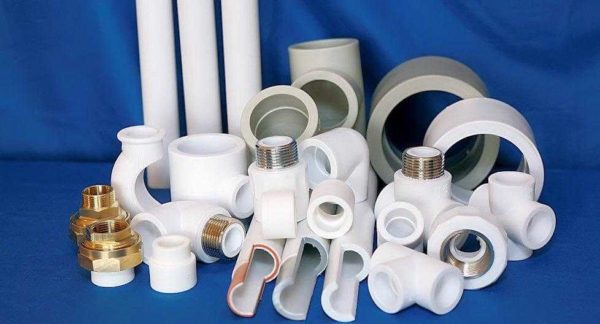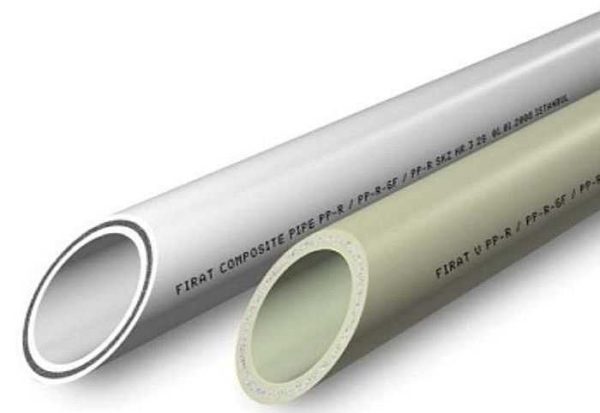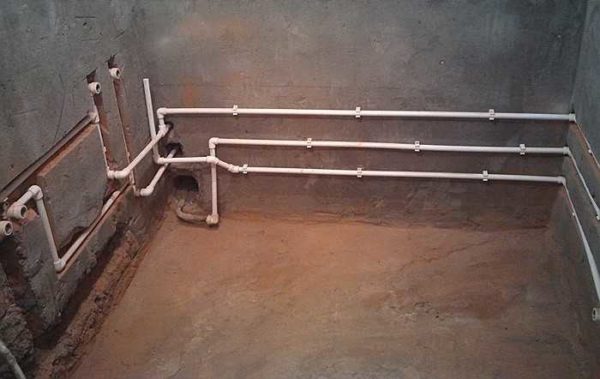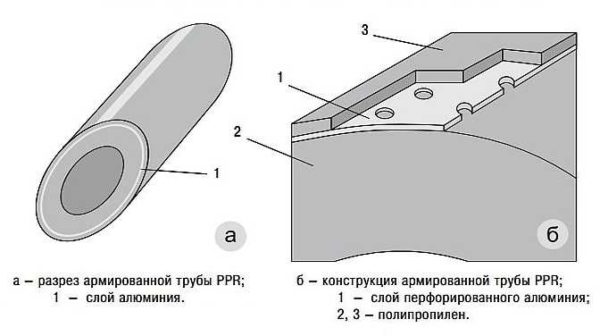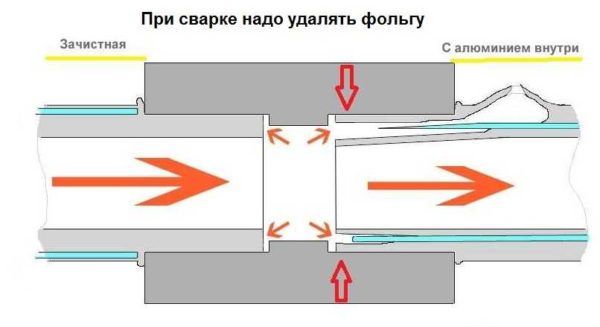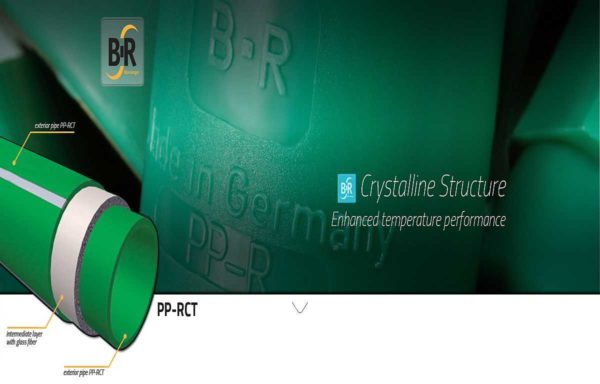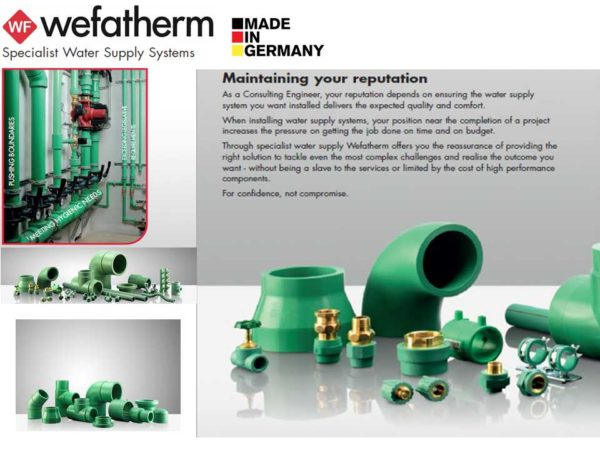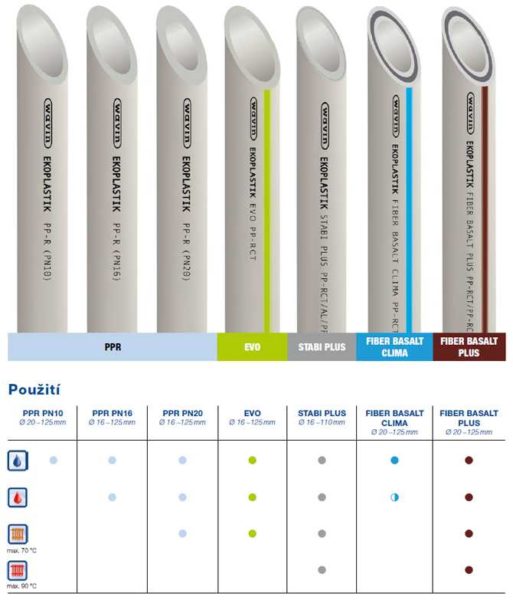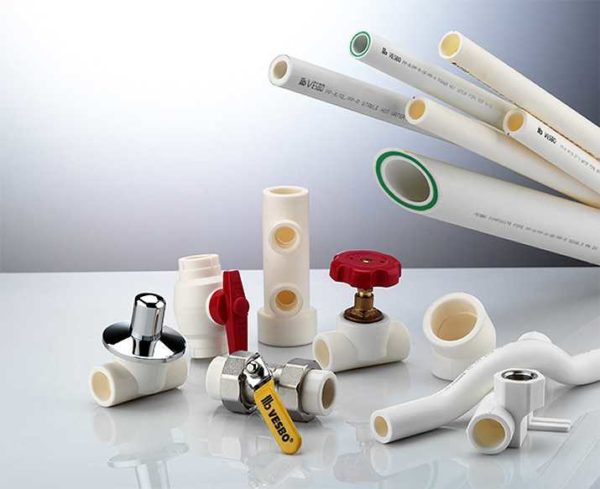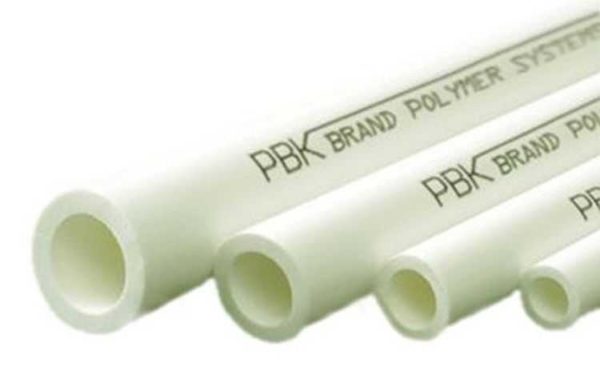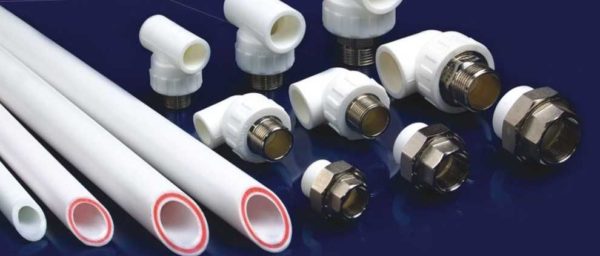How to choose the best polypropylene pipes
Polypropylene pipes are considered by many to be the best. They really have very good technical and operational characteristics: they do not corrode, do not interact with water, do not change its composition and taste, have a long service life - up to 50 years, have very smooth walls, on which precipitation does not form. In general, there are a lot of advantages. It remains to decide which polypropylene pipes are better, and this is not at all easy. We'll have to understand some of the intricacies.
The content of the article
Which are and which are better
By structure, polypropylene pipes are of three types:
- Single layer. The walls are completely made of polypropylene.
- Three-layer:
- reinforced with fiberglass - fiberglass threads are sealed between two layers of polypropylene;
- reinforced with foil - the design is similar.
Now, briefly about why polypropylene pipes are reinforced. The fact is that this material has a high coefficient of thermal expansion. One meter of a single layer pipe becomes 150 mm longer when heated to 100 ° C. This is a lot, although no one will heat them that much, but at lower deltas, the increase in length is no less impressive. To neutralize this phenomenon, compensation loops are installed, but this approach does not always save.
Manufacturers found another solution - they began to make multilayer pipes. Between two layers of pure propylene, they lay glass fiber or aluminum foil. These materials are not needed for reinforcement or any other purpose, but only to reduce thermal elongation. If there is a fiberglass interlayer, the thermal expansion is 4-5 times less, and with a foil interlayer - 2 times. Compensation loops are still needed, but they are used less often.
Why is reinforcement made with fiberglass and foil? The point is in the operating temperature range. Those with fiberglass can withstand temperatures up to 90 ° C. This is sufficient for DHW, but not always sufficient for heating. Foil-reinforced polypropylene pipes have a wider temperature range - they can withstand medium heating up to + 95 ° C. This is already enough for most heating systems (except for those in which there are solid fuel boilers).
Which PPR pipes are suitable for which systems
Based on the foregoing, it is clear which polypropylene pipes are better for heating - reinforced with foil, if high-temperature operation of the system is expected (from 70 ° C and above). For low-temperature heating systems, fiberglass-reinforced products can be used.
Any PPR pipes are suitable for cold water supply, but the most rational solution is ordinary single-layer ones. They cost quite a bit, and the thermal expansion in this case is not so big, one small compensator for a water supply system in an average private house is enough, but in an apartment, with a small length of the system, it is not done at all, or rather they are made "L" -shaped.
For laying the hot water system, it is best to take polypropylene pipes with a fiberglass reinforcing layer. Their qualities are optimal here, but they can also be used with a foil layer. Please note that expansion joints are required.
Which are easier to install
When deciding which polypropylene pipes are better, pay attention to such a parameter as the complexity of installation. All types are connected by welding, and for turns, branches, etc. use fittings.The welding process itself is identical for all types, the difference is that in the presence of aluminum foil, preliminary processing is required - it is necessary to remove the foil to the soldering depth.
In general, there are two types of aluminum reinforcement - external and internal. On the outside, the foil layer is close to the outside edge (1-2 mm), on the inside, the reinforcing layer is approximately in the middle. It turns out that it is filled on both sides with an almost identical layer of polypropylene. In this case, preparation for welding also consists in removing the outer propylene layer to the entire depth of welding (and foil as well). Only under these conditions can the required seam strength be achieved. All this preparation takes a lot of time, but the most annoying thing is that on error we get a very unreliable connection. The most dangerous option is when water seeps to the foil. In this case, polypropylene will sooner or later collapse, the connection will flow.
Based on these data, it can be concluded that, if conditions permit, it is better to use single-layer or fiberglass-reinforced polypropylene pipes. Proponents of aluminum reinforcement say that foil further reduces the amount of air that enters the system through the walls. But the foil is often made perforated and it does not necessarily go in a continuous strip, covering the entire diameter of the pipe. It often has a longitudinal break. After all, its task is to reduce the amount of thermal expansion, and even strips of more stable material can cope with this task.
Manufacturers of quality polypropylene pipes
Having decided on the type of PPR pipe that you need, you need to decide which of the manufacturers is better. The task is not easy, although there are clear market leaders in terms of quality - the Germans. It is strange, but very often it turns out that German building materials are the best, and polypropylene pipes are no exception - in terms of quality indicators, it is German products that are leading. Here is a list of firms that have a very good reputation:
- (Boehringer). The pipes are made from random copolymer, so they can be used to supply drinking water.
- Aquatherm (Aquatherm). This campaign is constantly being developed, using the latest materials and technologies. In recent years, pipes of the "green" series have appeared - absolutely safe.
- Wefatherm (Wefatherm). New generation foil-reinforced pipes are produced under this brand. They differ in that they do not need to be cleaned during welding, which greatly speeds up and simplifies the installation of a heating system or hot water supply.
- Rehau (Rehau). A well-known company with a wide range of products and quality that has been tested over the years.
Here you can't even say that some products are better, some are worse. All are about the same. The whole question is which of the firms is represented in your city / region. They have only one drawback - more than a decent price. No others were seen.
Czech polypropylene pipes are no less popular. In terms of quality indicators, they are almost not inferior to German ones, but they have slightly lower prices. There are mainly two brands on the market:
- FV-Plast (FV-layer). In production, type 3 random copolymer is mainly used (designated PPR, today it is still the best). The products are suitable for transporting water with temperatures up to + 90 ° C and have good flexibility. This allows fewer fittings to be used, which means that the cost of the pipeline will be lower in the end (the fittings are expensive).
- Wavin Ekoplastik (Wayne Ekoplastic). Copolymers with various additives are used. This campaign has its own "trick" - perforated foil is used for pipe reinforcement. This achieves better adhesion of all layers.
These pipes also have a good reputation and great reviews. If you have them in your store, you can take them without hesitation.
Turkish polypropylene pipes are located in the middle price segment. If the concept of "best" includes a not very high price, then you need to choose the products of these companies:
- Pilsa (Pilsa). Three-layer fiberglass-reinforced pipes are available. Scope - cold and hot water supply, heating systems.
- TEBO (Tebo). The assortment includes ordinary polypropylene pipes, as well as reinforced with fiberglass and foil. Suitable for transporting cold and hot liquids and gases.
- Valtek (Valtek). In production, PPR-100 polypropylene is used, which has increased strength characteristics. There is a complete set - single-layer, multi-layer, fiberglass reinforced and solid aluminum foil.
- Kalde (Kalde). A random copolymer of the third type (PPR) is used, which is characterized by increased strength and flexibility. It can be used for heating, hot and cold water supply, sewerage.
- Vesbo (Vesbo). This Turkish company produces single-layer polypropylene pipes for cold and hot water (up to 70 ° C), reinforced with perforated foil, suitable for heating and hot water supply.
- Firat (Firat). A class 3 random copolymer is used, which has the best characteristics today. Both simple (single-layer) pipes and reinforced (multi-layer) pipes are produced.
- Jakko (Jaco). With good quality, the products have a reasonable price. There is a complete set - single-layer, fiberglass and aluminum foil reinforced.
Almost all Turkish producers of polypropylene pipes operate in the middle price range. The quality of the products is good, the assortment is decent. If funds permit, choose from these manufacturers. If you need even more budgetary solutions, look towards Russian and Chinese manufacturers:
- BLUE OCEAN Chinese PPR pipes have a good reputation. They can be safely used, problems rarely arise.
- The Russian company PRO AQUA (Pro Aqua) produces sanitary ware from a class 3 random copolymer (PPR). Two types of pipes are produced - single-layer and reinforced with foil (solid reinforcement, butt-seaming of foil).
- The Orenburg firm RVK makes a full range of polypropylene pipes - both conventional and reinforced. For a low price, they are of normal quality. Not German, of course, but not bad for that kind of money.
- Heisskraft (Highcraft). This German firm has launched two factories in Russia - in St. Petersburg and Krasnodar. The quality of the products is high - the Germans make high demands, and the prices are much lower than pure "Germans".
- The Russian company Politek (located in the Moscow region) produces polypropylene for cold water supply (from PPR-80), as well as polypropylene sewer pipes for external and internal wiring.
The products of all these brands have been on the market for many years, the firms have a stable reputation. However, from time to time there are reports that some products were of very low quality. When they begin to figure it out, it turns out that a fake was bought. By the way, the number of counterfeits can measure the popularity of a particular brand: many counterfeits are a very popular product. How not to make a mistake when buying - read on.
How not to be mistaken
If you have chosen better polypropylene pipes for yourself, before buying, go to the manufacturer's official website. You will need:
- Remember what the logo looks like, what font is used, what letters it contains, what color they are written in, how many large letters. In general, you need to study the logo and its spelling. Those who make fakes deliberately make some mistake in the name, change / skip / double some letter. This is done so that no claims can be made - the letter is different, another brand.
- Next, you need to study the assortment, choose what you want to purchase. Then carefully examine the color, the location of the marking. If the store offers you a product of the desired campaign in a different color, size etc., but on the official website there is no such thing - they sell you a fake. Better to leave and look for another store.
- Study product samples before purchasing. Pipes and fittings of normal firms have smooth walls (both external and internal). There should be no sags, depressions or other signs of poor-quality casting.
- Look at the cut of the pipe or fitting. The wall thickness must be the same. If these are reinforced products, then the reinforcing material is surrounded by polypropylene rings of the same thickness. If the difference is noticeable even "by eye", you should not take such products.
In general, you should have a positive impression of the quality of the products. Only if all "tests" are passed can you buy.

